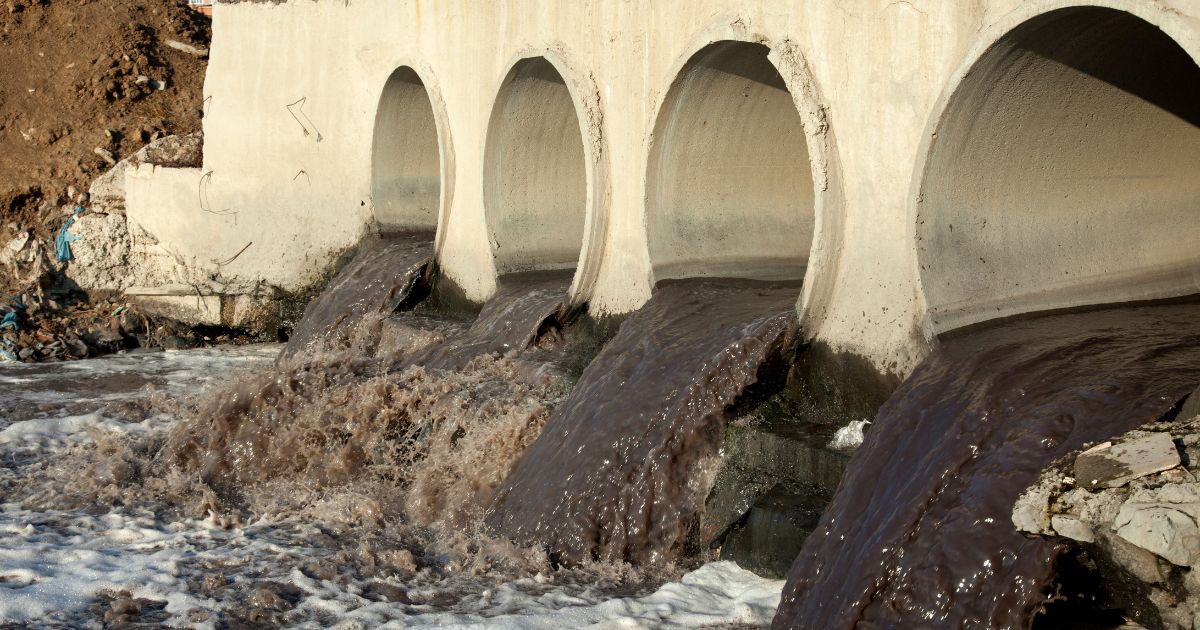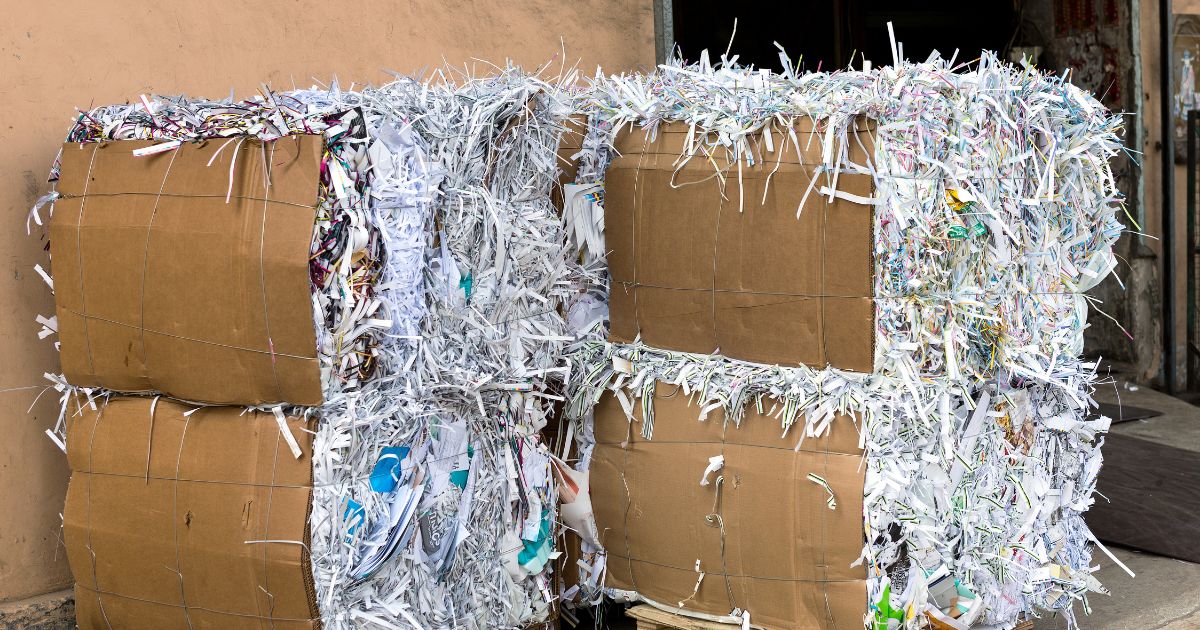The Environmental Impact of Paper Business Cards
Traditional paper business cards have long been a symbol of professionalism and networking, holding an important role in the world of business. However, as the world becomes increasingly conscious of its environmental sustainability, businesses are actively seeking ways to reduce their carbon footprint. One such strategy involves reducing paper consumption. Thus, in this article, we will delve into the environmental aspects of the paper industry, with a particular emphasis on paper business cards, and explore a range of eco-friendly alternatives.

The Problem with Paper Industry
The paper industry has a rich history dating back centuries. This versatile industry covers the production of a diverse range of paper products, from newspapers and books to packaging materials and business cards.
The industry's journey has been marked by innovation, environmental challenges, and a growing awareness of sustainability.
Let's break down specific aspects of the paper industry and its negative impact on our planet.
1. Deforestation
Forests cover approximately 35% of our planet's land area. They play a crucial role in mitigating climate change by absorbing carbon dioxide and serving as habitats for diverse range of wildlife and plant species.
Nowadays, our forests, especially tropical ones, face a severe threat from deforestation, with the paper industry playing a significant role in driving this crisis, as 40% of global deforestation is caused by the demand for beef, soy, palm oil, paper, energy, and other commodities.
Increased deforestation leads to poorer water quality, increased flood risk, carbon dioxide emissions, and harm to ecosystems and biodiversity.

2. Pollution and energy consumption
Beyond its role in deforestation and its impact on forests, the paper industry is a significant contributor to environmental pollution. This industry is known for releasing various pollutants into the air, water, and soil.
Additionally, it stands as one of the largest consumers of both fresh water and energy resources.
To put this into perspective, consider the production of a single A4 sheet of paper which consumes a staggering 20 liters of water. This substantial water demand is not only a strain on local water sources but also highlights the industry's high water consumption.
In addition, the paper mills require significant amounts of electricity and heat to power various machinery and processes, including pulping, refining, and drying. The energy demand often relies on non-renewable sources, contributing to greenhouse gas emissions.
3. Chemical Usage
As we already stated, the production of paper involves the use of various chemicals, such as chlorine, nitrogen, sulfur oxides, and more, that are subsequently discharged into nearby rivers and streams, causing water pollution, or into the atmosphere.
This pollution can harm aquatic life, disrupt ecosystems, and impact communities that rely on clean water sources for drinking and agriculture or pose a risk to human health in other ways.

4. Paper Waste and Cost
According to findings from a report conducted in the US companies in 2016, paper constituted the largest waste category. This is mainly due to the limited lifespan of paper, which often leads to disposal.
The same report highlights that even a modest 1% reduction in waste by these companies would result in savings of 1 billion dollars. This shows the significant costs connected to paper consumption.
For example, apart from production and purchasing, paper incurs more indirect costs to businesses such as printing, shipping and distribution, storage, waste disposal, recycling, and more.
Exploring the Issues with Paper Business Cards
After examining various aspects of the paper industry, it becomes evident that paper business cards not only have harmful effects on the environment but also present specific issues:
1. Frequent Printing and Reprinting
One of the most significant challenges associated with paper business cards is the need for constant printing and reprinting. Whenever a new employee joins the company, there is a change in contact information, or existing cards run out, the printing process becomes necessary.
To put this into perspective, approximately 100 billion paper business cards are produced annually worldwide. This production process consumes substantial energy, contributes to paper waste, and involves the use of chemical-based color printing.
Additionally, it contributes to environmental issues such as packaging waste and shipping emissions.
2. Time Delays
The printing and subsequent reprinting of cards introduce significant time delays in the business workflow. Designing the cards, sending them to a printing company, and waiting for delivery all take time.
This requires careful planning to predict when new cards will be needed for events attended by you or your employees.
3. High Costs
The creation of paper business cards requires a considerable financial investment. Costs encompass selecting the type of paper, ordering it, designing the card, printing, reprinting, and shipping, among others.
Given the paper industry's environmental impact, allocating substantial capital to paper business cards may appear wasteful and environmentally unfriendly.
4. Limited Flexibility in Data Updates
Paper business cards are fixed once printed, making it difficult to incorporate changes such as new employee positions, updated contact information, or company rebranding.
Adapting to these changes often requires reprinting the cards, leading to additional costs and increased emissions associated with the production of new paper business cards.
5. Paper Waste
One of the most crucial issues associated with paper business cards is the enormous amount of paper waste they generate.
Roughly 88% of paper business cards end up discarded within a week of receiving them.
For a sense of scale, out of the 100 billion paper business cards printed annually, approximately 88 billion end up as waste. Granted, some of them will be recycled, but the remainder will ultimately find its way to landfills.

Eco-Friendly Alternatives to Paper Business Cards
To minimize the environmental impact of paper business cards, consider adopting a range of alternative options. These alternatives encompass digital solutions, as well as materials that are eco-friendly or recycled. Let's explore some of these choices:
Digital Business Cards
Digital business cards offer a sustainable and convenient alternative to traditional paper cards. They function seamlessly on your existing devices, eliminating the need for additional tools or physical cards. Creating a digital business card is a simple process, taking just a few minutes.
What's more, any updates to your information can be made in seconds and are instantly reflected, eliminating the need for costly reprints. This reduction in printing and shipping directly contributes to a lower environmental impact.
Solutions like baningo cards provide a user-friendly platform for professionals, small teams, and larger companies seeking a sustainable approach to networking. Give it a try for free and experience the benefits for yourself.

NFC Cards Made of Recycled PVC
For those who prefer physical cards, NFC (Near Field Communication) cards made from recycled PVC offer a bridge between the tangible and the sustainable.
baningo cards, for example, introduced NFC cards made from recycled PVC sourced from EU industrial waste streams. These materials have received Environmental Claim Validation, an independent certification affirming their commitment to environmental responsibility.
These NFC cards allow professionals and businesses to enjoy the benefits of physical networking cards while making eco-conscious choices.
Plantable Business Cards
Not all paper is ecologically harmful.
For example, plantable paper is crafted from a special biodegradable material containing flower or vegetable seeds. Once your card has served its purpose and is no longer needed, rather than discarding it, you can plant it in the soil.
This sustainable choice not only minimizes waste but also contributes to the flourishing greenery of our world.
Edible Business Cards
Edible business cards take a creative and sustainable approach to networking. These cards are crafted from edible sources like rice paper or sugar and are printed with edible colors or stamped.
In addition, they align with eco-conscious practices by utilizing edible materials and reducing waste since they can be consumed or easily disposed of in an environmentally friendly manner.
Cotton Business Cards
Cotton business cards are a durable and sustainable alternative to traditional paper cards.
They are made from recycled cotton linters and do not require chemical bleaching, reducing their environmental impact.
Last remarks
In conclusion, traditional paper business cards are not only becoming outdated due to their lack of flexibility and innovation but also because of the negative environmental effects they contribute to, including deforestation, CO2 emissions, flooding, water consumption, and pollution.
Fortunately, there are numerous alternatives available that avoid these negative aspects. These alternatives range from recyclable materials made from cotton or biodegradable paper with embedded plant seeds to innovative solutions like NFC cards or digital tools such as baningo cards.
By making the switch to digital and exploring these eco-friendly alternatives, you can avoid the environmental impact of paper business cards and take a significant step toward a more environmentally healthy future.
 Create digital business card now for free!
Create digital business card now for free!
